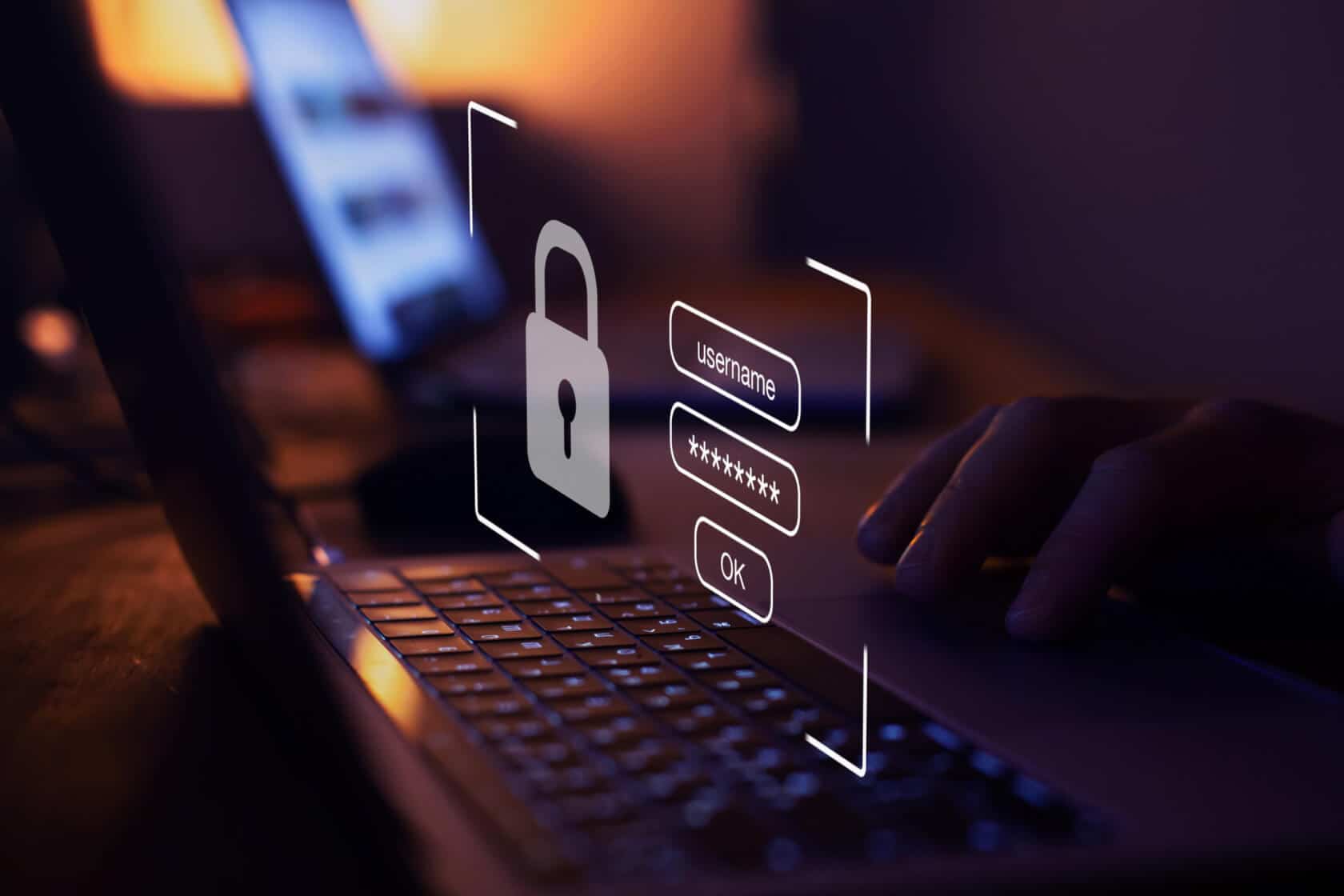Trying to remember login passwords every time we log into our digital accounts is becoming tiresome. It’s about time we get used to simpler and safer login alternatives with passwordless authentication.
It has been common practice to enter our username and password whenever we access restricted data or systems. In order to make passwords more secure, it has been recommended that we use a complex password that includes at least a capital letter, a small letter, a character, and a number. And since having multiple online accounts has become customary, how convenient is it to remember all of the passwords?
Passwords Are Outdated
Even though several platforms still use passwords to authenticate their users’ identities, it’s kind of running out of fashion these days. People, at the very least, have a tendency to forget their passwords. So that they have to go through a boring password recovery process. Besides, passwords haven’t been safe for a long time. They could be used as gateways for cyberattacks, or more commonly phishing attacks.
Reports show that password attacks have been growing due to the vulnerable nature of passwords. Besides, as technology keeps advancing, it has become easier for cyber attackers to breach password-protected systems. Some reports also show that humans by themselves are making it easy for hackers because they use weak and obvious passwords. According to a 2022 Specops Software report, 93 percent of password brute force attacks included at least 8 characters. 54 percent of organizations lack a tool for managing work passwords.
How Do Passwordless Authentications Work?

Passwordless authentication is a method of gaining access to secured systems without the use of passwords. It is an ideal solution to avoid the hassle of remembering password characters and the possibility of misplacing passwords. It’s not a delightful activity to try to remember passwords, even though there is a ‘forgot your password?’ option.
Passwordless authentication works by substituting passwords. They provide a more secure authentication by making use of something users have which is not stored on system servers. The following are the most commonly used passwordless authentication techniques, which can be used either alone or in combination.
- Biometric authentication: uses physical traits such as fingerprints, retina scans, facial recognition, voiceprints, and behavioral traits to uniquely identify a person.
- Hardware security tokens: work through dedicated portable devices that can verify the user’s identity and prevent unauthorized access.
- Certificate-based authentication: allows digital devices to securely identify each other across a network by using a cryptographic token called a passkey.
- Email magic links: uses the user’s email address for authentication. Upon entering an email address, the system sends an email that contains a link, which when clicked, grants the user access.
- Authenticator apps: generate time-based one-time passcodes to authenticate users.
How Safe is Passwordless Authentication?
When it comes to the digital world, safety is one of the most debated issues. However, safety is becoming more vulnerable as devices and systems become more interconnected. On the other hand, attempts to ensure a more secure and safer digital world are also advancing.
It is obvious that no system is completely immune from getting hacked. Everything is hackable. Therefore, at this point, a safe and secure platform refers to something that is hard to crack and less vulnerable to common cyberattacks. Passwordless authentication appears to provide safer security for our digital connections.
The way passwordless authentication is configured makes them safer than password-based systems. They are designed to identify people based on factors such as possessions, biometric information, email magic links, security tokens, and authenticator apps. This makes them more difficult to breach with at least amateur-level hackers.
Passwordless Future

In its recent The Keyword blog, Google announced that they are “one step closer to a passwordless future.” On May 5, in honor of The World Password Day, they announced their intention to implement passwordless support for Fast Identity Online (FIDO) sign-in standards in Android and Chrome. Apple and Microsoft have also announced that they will offer the same type of support on their platforms. This means, that in the really close future, passwordless authentication will be widely available on digital devices and major platforms.
According to Google, devices will store FIDO information called a passkey, which is used to unlock online accounts. Because it’s based on public-key cryptography and is only shown to users’ online accounts, the passkey is a far more secure signing-in option. In addition, users can simply be granted access to a website on a computer, simply by gaining access from their nearby phone. Once users pass this step, there will be no need to use a phone again. It will be possible to sign in by just unlocking their computer.
Even though passwordless authentication is a significant improvement toward a safer and simpler experience, it is still far from perfect. Hackers with the most sophisticated Artificial Intelligence (AI) have the opportunity to breach passwordless systems. There are possibilities for spoofing biometrics and intercepting passkeys. Following these concerns, experts are recommending the inclusion of machine learning (ML). ML appears to have a promising potential to develop algorithms using data collected from typical behavioral patterns of users so that, in case of deviation, it will be taken as an unauthorized attempt.
Photo: Song_about_summer/Shutterstock
You might also like:
Support us!
All your donations will be used to pay the magazine’s journalists and to support the ongoing costs of maintaining the site.
Share this post
Interested in co-operating with us?
We are open to co-operation from writers and businesses alike. You can reach us on our email at cooperations@youthtimemag.com/magazine@youthtimemag.com and we will get back to you as quick as we can.









